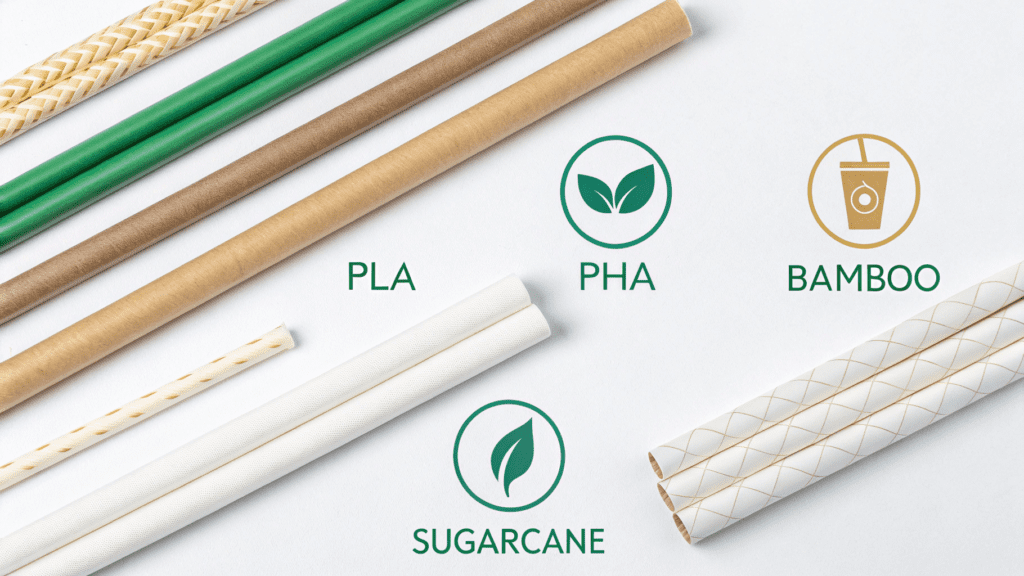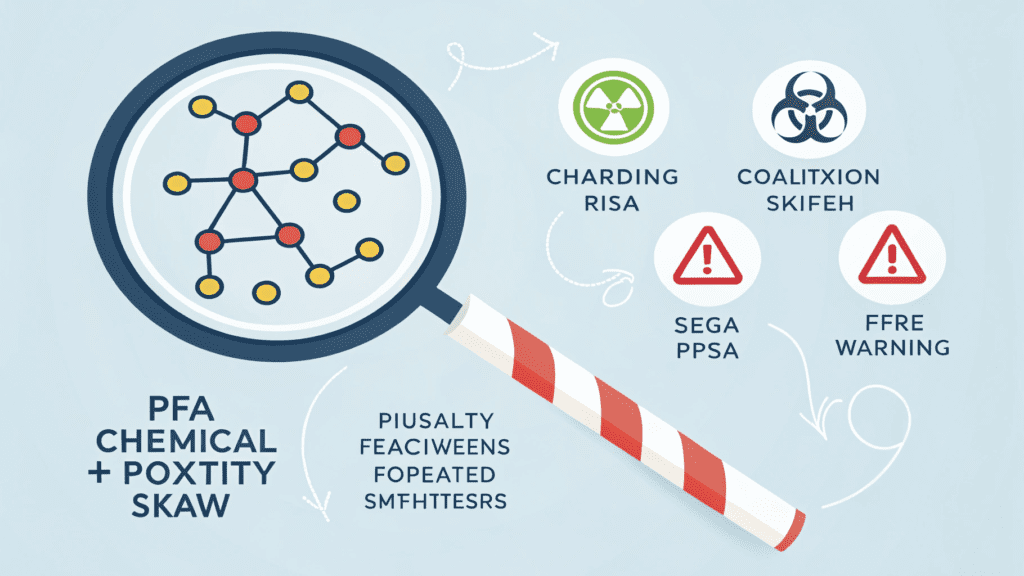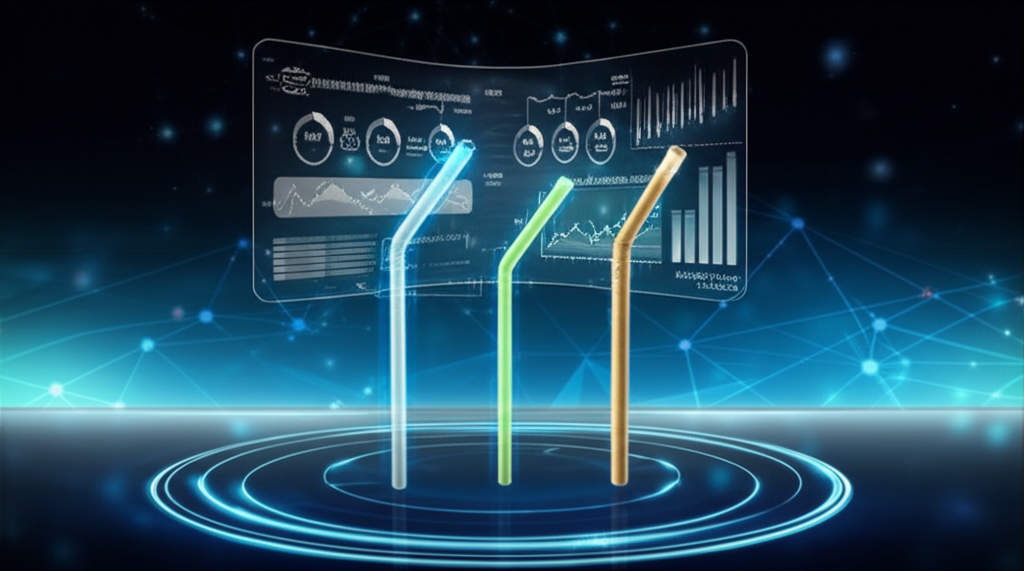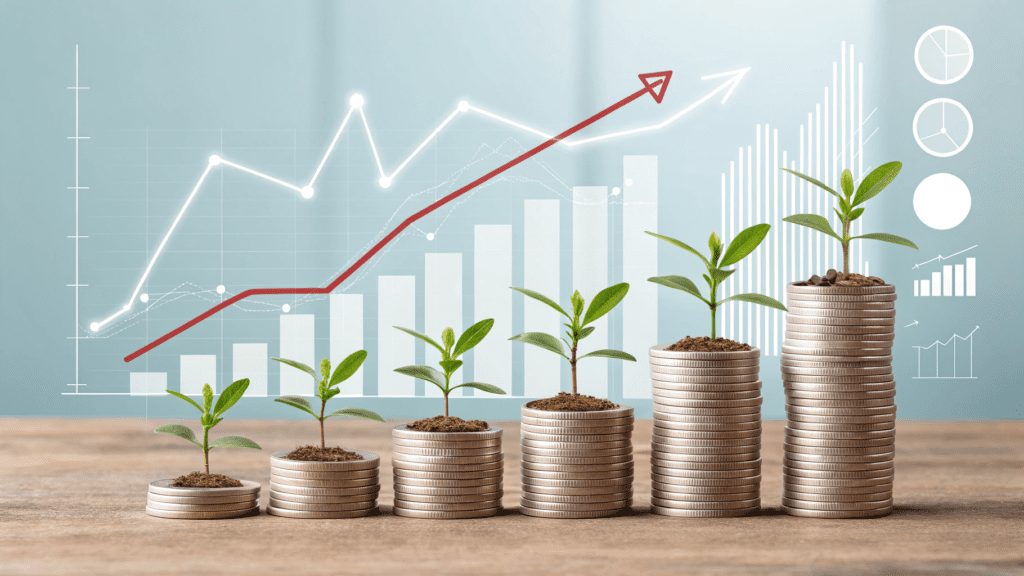
The escalating pressure on businesses to abandon traditional plastic straws and embrace eco-friendly alternatives is undeniable. Driven by stringent regulations like the European Union’s Single-Use Plastics Directive and a burgeoning global demand for sustainability, enterprises across sectors are facing a mandate for change. Ignoring this shift isn’t an option; it risks regulatory penalties, reputational damage, and alienation of a rapidly growing segment of eco-conscious consumers. Indeed, the global eco-friendly straws market, estimated at approximately USD 12.3 billion in 2025, is projected to reach nearly USD 25.1 billion by 2035, underscoring the commercial imperative.
Yet, for procurement managers, operations directors, and supply chain executives, navigating the complex landscape of “biodegradable” options presents significant hurdles. It extends beyond mere material choice to encompass performance, true environmental impact, logistical complexities, and even unexpected chemical risks. This guide will equip your business with the insights needed to make informed, strategically sound decisions regarding biodegradable straws, ensuring your sustainability efforts are genuine, impactful, and compliant.

Unpacking “Biodegradable”: Performance, Pitfalls, and Public Perception
The journey to sustainable straws began centuries ago, with ancient Sumerians using gold and silver tubes, and Marvin C. Stone patenting the modern paper straw in 1888. The 21st century has seen a dramatic resurgence, driven by heightened awareness of plastic pollution, exemplified by the impactful “Be Straw Free” campaign and viral images of marine wildlife suffering. Today, the landscape of eco-friendly straw materials is incredibly diverse, offering what appears to be a clear solution to plastic waste.
We now see prevalent options made from paper, polylactic acid (PLA), polyhydroxyalkanoate (PHA), bamboo, wheat, rice, sugarcane, and even innovative emerging options like seaweed. Their initial appeal is undeniable: they are plant-based, renewable, and designed to break down, thus alleviating the burden of plastic pollution. However, the operational reality for commercial adoption reveals several hidden hurdles that B2B decision-makers must critically evaluate.
A common complaint, particularly concerning paper straws, is their tendency to become soggy and lose structural integrity in liquids, or even impart an unpleasant taste, directly impacting customer experience. While these issues are being addressed with improved coatings, they remain a significant factor for high-volume foodservice or hospitality operations.
Perhaps the most significant challenge lies in the “greenwashing” dilemma, especially with Polylactic Acid (PLA) straws. While PLA is derived from plant starches (often corn), it requires highly specific industrial composting facilities—requiring non-stop heating at 60 degrees Celsius for up to 10 days—to break down effectively. If disposed of in standard landfills, PLA can persist for hundreds or even thousands of years, mimicking traditional plastics and potentially releasing methane. This often leads to commercial composting facilities viewing PLA as a contaminant that slows down their processes. Businesses promoting PLA straws without clear disposal guidelines risk misleading customers and undermining their environmental credibility.
Adding to the complexity are unseen chemical risks. Recent studies have found that a significant number of paper and bamboo straws, particularly those designed for water resistance, contain PFAS (per- and polyfluoroalkyl substances), also known as “forever chemicals.” These chemicals are persistent in the environment and have been linked to various health problems, raising serious questions about the true “eco-friendliness” of some alternatives and introducing a new layer of compliance risk for businesses.
Beyond performance and chemical safety, cost implications and scalability are crucial. Biodegradable straws generally carry a higher unit cost compared to their plastic predecessors due to the materials, more complex manufacturing processes, and currently less widespread production infrastructure. While the market is growing, ensuring a stable, scalable supply at competitive prices remains a procurement challenge.
Finally, the widespread banning of plastic straws has raised legitimate and critical concerns from disability advocates. Many individuals with disabilities rely on the unique flexibility and durability of plastic straws for safe and independent drinking due to mobility issues, tremors, or other health conditions. Alternatives like paper straws may become soggy and unusable, while reusable options like metal or glass straws can pose injury risks (e.g., choking hazards, cuts) or be difficult to clean for certain individuals. Businesses must consider inclusive solutions to avoid inadvertently creating accessibility barriers.

Strategic Sourcing and Sustainable Implementation for B2B Success
Choosing the right “biodegradable” solution requires a comprehensive understanding of each material’s properties and alignment with your operational context, disposal infrastructure access, brand values, and customer expectations.
Here’s a comparative guide for businesses:
| Feature | Papirsugerør | PLA (Polylactic Acid) Straws | PHA (Polyhydroxyalkanoate) Straws | Natural Material Straws (Bamboo, Wheat, Rice, Sugarcane, Seaweed) | Reusable Options (Metal, Glass, Silicone) |
|---|---|---|---|---|---|
| B2B indflydelse | Widely available, meets basic regulatory needs. | Similar feel to plastic, aesthetic appeal. | Strong potential for future, reduced long-term risk. | Unique branding, high sustainability perception. | Ultimate zero-waste, potential for premium experience. |
| Overholdelsesrisiko | Low immediate compliance risk, but PFAS concern emerging. | High risk if disposal not industrial composted; “greenwashing” perception. | Low, generally broader biodegradability. | Low, highly biodegradable. | Very low, promotes circular economy. |
| ROI-potentiale | Cost-effective among eco-friendly, but higher than plastic. User experience can impact repeat business. | Moderate, cost slightly higher than paper. Disposal costs can add up. | Potentially high long-term ROI as technology matures and cost drops. | Good for niche markets, higher perceived value. | High long-term ROI from reduced procurement & waste. |
| Disposal | Home compostable (if not PFAS), some municipal recycling issues if contaminated. | Requires industrial composting; behaves like plastic in landfills. | Generally home-compostable and marine biodegradable. | Mostly home compostable, natural breakdown. | Washing/sanitation costs, longevity. |

The global eco-friendly straws market is experiencing robust growth, driven by increasing regulatory restrictions on single-use plastics and a growing consumer preference for sustainable products. Projections indicate significant market expansion, with some analyses suggesting growth from USD 300 million in 2023 to over USD 890 million by 2032. The Asia-Pacific region is particularly fast-growing, fueled by urbanization, a consumer shift towards sustainable packaging, and proactive government initiatives to control plastic waste.
Navigating this dynamic regulatory environment is critical. In theDen Europæiske Union, the Single-Use Plastics Directive has largely banned many single-use plastic items, including straws, since July 2021, forcing businesses to adopt alternatives. Across theUnited States, a patchwork of state-level and city-level bans, like those in California, Seattle, and New York City, are driving the shift. Businesses operating regionally or globally must ensure their procurement strategies align with these diverse and evolving legislative landscapes.
Fortunately, cutting-edge innovations are rapidly addressing existing drawbacks. Researchers are developing new water-resistant coatings that enhance the durability of paper and bamboo straws without resorting to harmful chemicals. Breakthroughs include “bacterial cellulose” straws, developed by researchers at the University of Science and Technology of China, which are reported to be stronger than paper, cost-comparable to plastic, and break down without the need for industrial composting. Furthermore, Woods Hole Oceanographic Institute (WHOI) scientists, in partnership with Eastman, are developing a prototype bioplastic straw made from cellulose diacetate (CDA) that degrades even faster than paper, potentially disintegrating in seawater within 8 months. These innovations hold the key to future-proofing your supply chain with truly sustainable, high-performing options.
Beyond materials, Artificial Intelligence (AI) is playing an accelerating role in optimizing material selection, enhancing manufacturing efficiency, improving supply chain logistics, analyzing consumer behavior, and aiding in waste reduction and recycling for eco-friendly products. For example, AI algorithms can predict optimal straw designs for specific applications, minimizing material use while maximizing durability.
Leveraging consumer behavior and corporate responsibility is not just about compliance; it’s a strategic advantage. Market surveys consistently indicate a rising number of customers, especially younger generations, favoring environmentally responsible products and willing to pay a premium for eco-friendly options. By making informed sustainable choices, businesses not only comply with regulations but also enhance their brand reputation, attract eco-conscious consumers, and fulfill crucial corporate social responsibility objectives. For more on how to truly integrate these materials, see our insights onbiodegradable plastic straws for B2B sustainability.

Optimizing Your Environmental Footprint: Practical Disposal and Beyond
The true environmental benefit of biodegradable straws hinges critically on their proper disposal. Without correct end-of-life management, even the most innovative materials can contribute to pollution.
- Compostable Straws (e.g., PLA): These almost always require industrial composting facilities due to specific temperature and moisture requirements. It’s crucial for businesses to verify if such facilities are available in their operational areas and if they accept these types of bioplastics. Misplacing them in regular recycling bins can contaminate the recycling stream, and in conventional landfills, they largely behave like traditional plastics.
- Home-Compostable Straws: Some straws, such as those made from true natural materials like untreated paper, bamboo, wheat, or rice, are designed to break down in backyard compost bins or even natural environments. However, paper straws, if heavily contaminated with food and liquids, may not be accepted by all recycling facilities and could end up in landfills. To understand the decomposition of specific natural materials, refer to our detailed article on how bamboo straws decompose for B2B sustainability.
- Avoid General Waste: A fundamental rule: biodegradable straws should ideally not be thrown into general waste bins. Landfill conditions—typically anaerobic (lacking oxygen) and dry—significantly impede their decomposition, rendering their “biodegradable” property largely ineffective. This can also lead to the release of methane, a potent greenhouse gas, from decomposing organic matter.
Beyond the straw itself, implementing holistic sustainability practices within your business is paramount. This includes developing robust internal waste segregation and collection protocols tailored to biodegradable materials, effectively educating employees and customers on proper disposal methods to “close the loop,” and establishing partnerships with specialized waste management and composting facilities. Continuously evaluating and improving your supply chain sustainability, from sourcing raw materials to end-of-life solutions, is a commitment that defines leading businesses. Further insights into materials, manufacturing, and disposal can be found in our comprehensive guide tobiodegradable straws.
Pioneering a Greener Future, One Sip at a Time
True sustainability in biodegradable straws transcends simple material substitution. It demands informed decision-making, a deep understanding of material lifecycles, and integrated waste management strategies. Businesses that master this complexity can quantify significant benefits: reduced operational risks from regulatory non-compliance, enhanced brand value that resonates with environmentally conscious consumers, and substantial market share opportunities in a rapidly growing green economy.
Don’t let the “green paradox” of biodegradable straws become a hurdle. Perform thorough due diligence, collaborate with transparent and innovative suppliers, and embed sustainable straw choices within a broader, authentic corporate responsibility framework. Take action today to turn the challenge of green adoption into a strategic advantage and a testament to your brand’s unwavering commitment to a healthier planet. Explore advanced solutions and secure your supply chain for the sustainable future.
Adaptive Design for Every Device
This webpage is designed to provide an optimal viewing experience across a wide range of devices, from mobile phones to large desktop monitors. The fluid grid system and flexible images ensure that content scales and rearranges seamlessly, maintaining readability and visual appeal.
Try resizing your browser window to see how the layout adapts. On smaller screens, content stacks vertically for easy scrolling, while on larger screens, it expands to utilize available space efficiently, ensuring a professional and accessible presentation for all users.
Frequently Asked Questions (Biodegradable Straws)
The primary types include paper, PLA, PHA, and natural options like bamboo, wheat, rice, sugarcane, and seaweed. Reusable options (metal, glass, silicone) also serve as eco-friendly alternatives.
No. PLA, for example, requires industrial composting to decompose. In landfills, it can persist for years. True home-compostable or marine-degradable options (like PHA, bamboo, wheat) break down more broadly, but proper disposal is essential.
PFAS are synthetic substances sometimes used in paper/bamboo straws for water resistance. They don’t degrade and may cause environmental & health risks, undermining eco-friendly claims.
They ban many single-use plastics (including straws), requiring businesses to source certified biodegradable or reusable options and ensure compliance with regional disposal systems.
AI helps optimize material selection, manufacturing, supply chain logistics, and market prediction, accelerating the adoption of truly biodegradable and efficient eco-friendly solutions.






